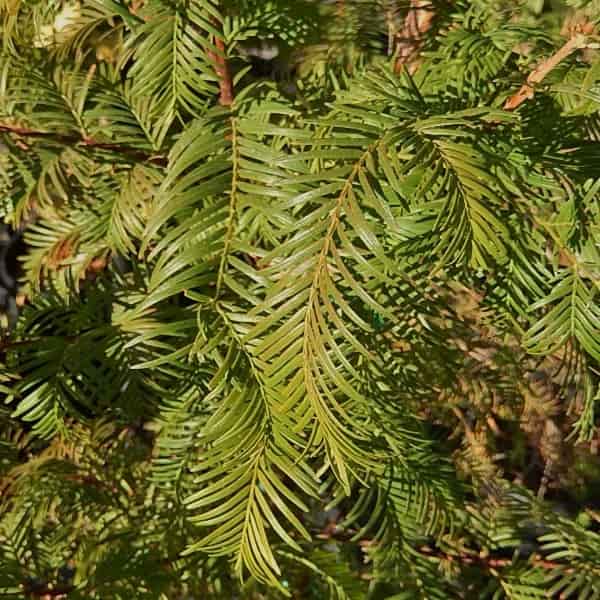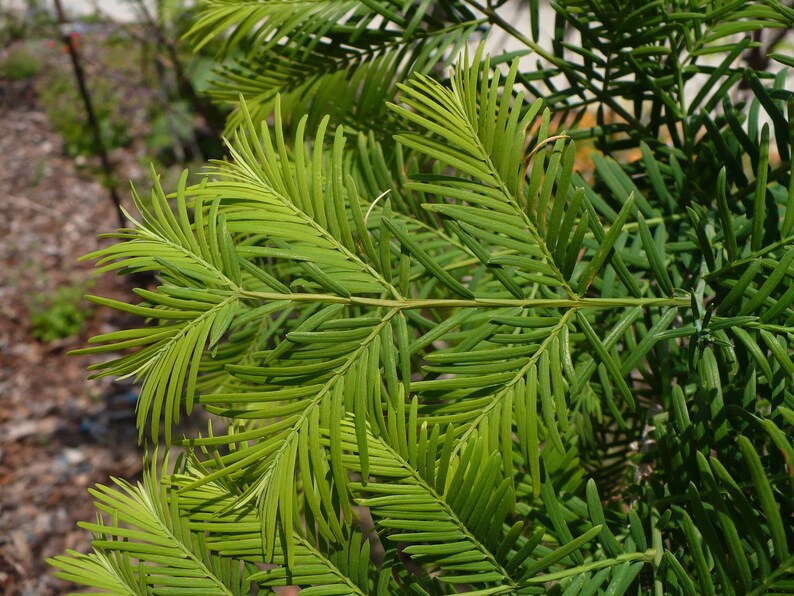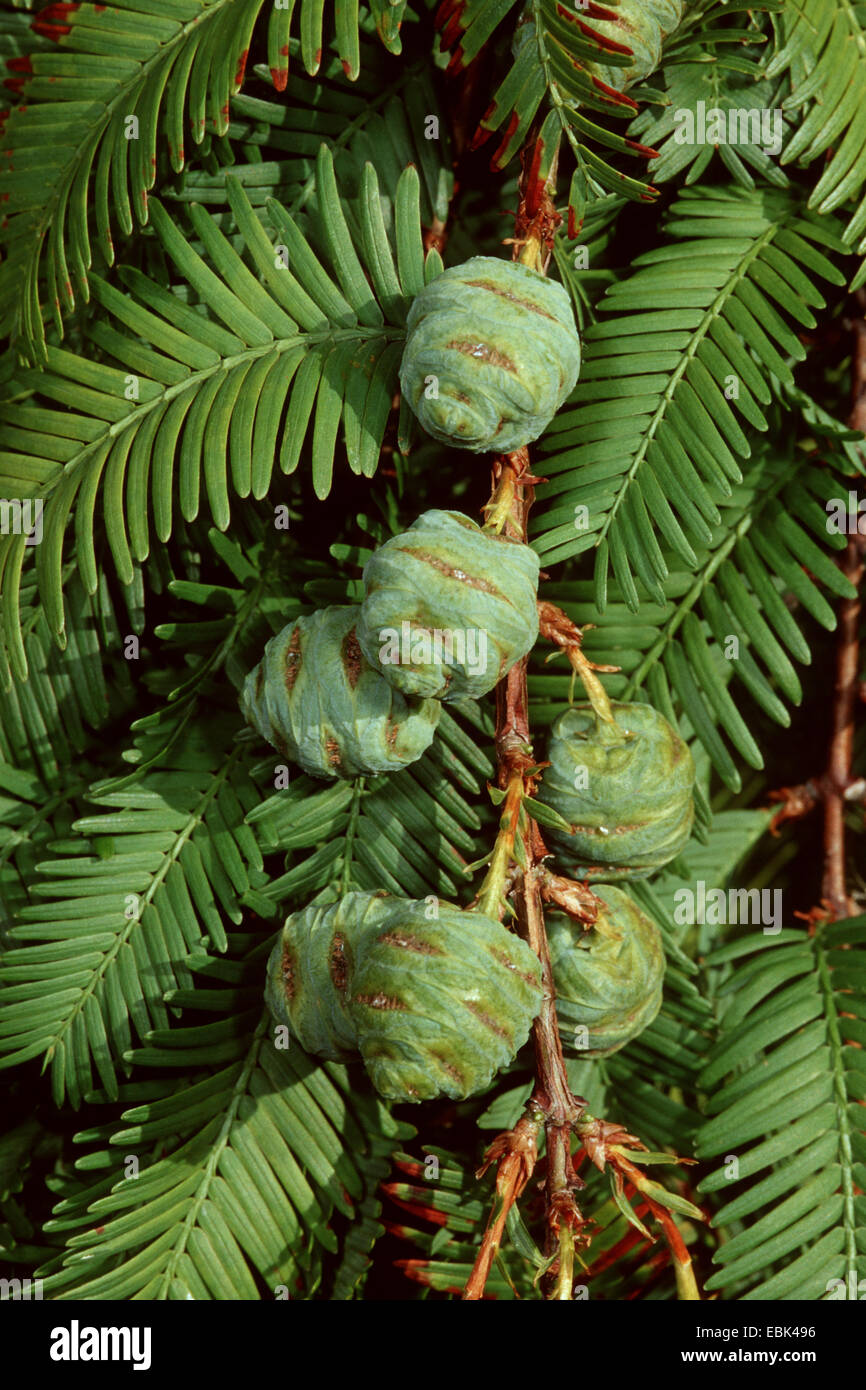

Genus name comes from the Greek words metra meaning with, after, sharing, or changed in nature and Sequoia to which it is related and to which fossil specimens were first referred.

(Metasequoia glyptostroboides) Stock Photo and explore similar images at Adobe Stock.
#Metasequoia glyptostroboides cone download#
The twigs, needles and cone scales are in opposite pairs. Download Dawn Redwood branch with flower buds. Delicate flat sprays of narrow, bright green leaves emerge in spring, and mature to emerald green in summer, before turning rich shades of yellow-brown, pink, apricot, and copper in the fall. Unlike most cone-bearing trees, Dawn Redwood loses its foliage each winter. It features an upright, narrowly conical form that enhances many landscapes. Trees are monoecious, producing oval, light brown female cones (3/4” long) and pendant globose male cones (1/2” long). A sight to behold, Metasequoia glyptostroboides (Dawn Redwood) is a large deciduous coniferous tree of great beauty. Foliage emerges light green in spring, matures to deep green in summer and turns red-bronze in fall. It features linear, feathery, fern-like foliage that is soft to the touch. Prints of Male cones of the Dawn Redwood -Metasequoia glyptostroboides-, Geneva, Canton of Geneva, Switzerland. Bark on mature trees is often deeply fissured. As the tree matures, the trunk broadens at the base and develops attractive and sometimes elaborate fluting.

Seedlings grown therefrom were planted in front of the Lehmann Building at MBG in 1952 where they have now developed into large mature trees (70’+ tall). Seeds collected from the original site were made available to the Missouri Botanical Garden in 1947. The tree was well known from Arctic fossils and at first considered to be redwood if you look at the tree you will agree that the leaves resemble those of the. However, it was not until 1941 that it was first discovered growing in the wild near the town of Modaoqi, China by Chinese forester, T. Download and buy this stock image: dawn redwood Metasequoia glyptostroboides, branch with immature cones - BWI-BS235666 from agefotostocks photo library of. From fossil records, dawn redwood is known to have existed as many as 50,000,000 years ago. Fall color is apricot/gold before fall leaf drop. Cones are 1 long and resemble coast redwood cones. It is related to and closely resembles bald cypress (Taxodium) and redwood (Sequoia Genus name comes from the Greek words metra meaning with, after, sharing, or changed in nature and Sequoia to which it is related and to which fossil specimens were first referred. Tree was thought extinct until rediscovered by botanists in 1941 and introduced to U.S. It is related to and closely resembles bald cypress ( Taxodium) and redwood ( Sequoia). Metasequoia glyptostroboides, commonly called dawn redwood, is a deciduous, coniferous tree that grows in a conical shape to 100’ tall. Metasequoia glyptostroboides, commonly called dawn redwood, is a deciduous, coniferous tree that grows in a conical shape to 100’ tall.


 0 kommentar(er)
0 kommentar(er)
